Millennials are a big target population for financial advisors and many other businesses, so it helps to know where they're planting roots.
The National Association of Realtors has tackled that question with the release of a report that identifies 10 metropolitan areas that are the most popular among millennials—those with birthdays from 1980 to 1998.
The study, which focused on the nation's 100 largest metro areas, looked at millennials who moved from one state to another over the past year, as well as economic data, including median incomes of millennials in each location and how affordable each metro area's homes are for millennials.
"The top 10 metro areas were selected because of their high share of both present millennial residents and recent movers, as well as their favorable employment opportunities," the report said.
Some cities that didn't make the top 10 list were notable, however, for the way they are attracting the generation comprising young adults either in or entering the prime of their careers.
New Haven, Conn., for example, topped the list in terms of attracting members of the generation: 75 percent of the people moving into the city over the past year were millennials.
Among all metro areas, 54 percent of movers were millennials, while about 25 percent of residents were millennials, according to the report.
"Millennials tend to reside and move to locations and cities where employment is strong," the report said.
The following metro areas, in no particular order, were deemed the top 10 at attracting and keeping millennial residents:
Seattle
Millennial population: 25 percent.
Millennial movers: 70 percent.
Millennials in this city, as well as in the adjoining areas encompassing Tacoma and Bellevue, have the highest median income, $79,400, of all others on the list, but that may be partly because the city has among the highest housing costs. Only 9 percent of the city's homes are affordable to millennial, the lowest of the top 10, according to the report.
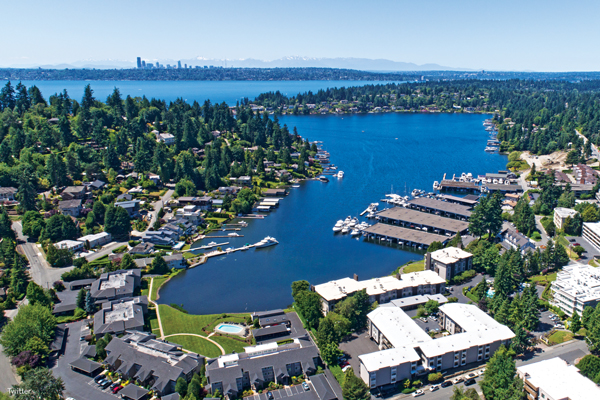
Salt Lake City
Millennial population: 31 percent.
Millennial movers: 61 percent.
An employment rate under 3 percent has helped attract young workers in this city, which has attracted companies such as Microsoft and Adobe Systems in recent years.

Omaha, Neb.
Millennial population: 28 percent.
Millennial movers: 67 percent.
This metro area, which includes Council Bluffs, Iowa, across the Missouri River, was among the top five areas last year with the most millennial movers. Unemployment is under 3 percent, with health care and the areas colleges and universities fueling the steady supply of jobs.
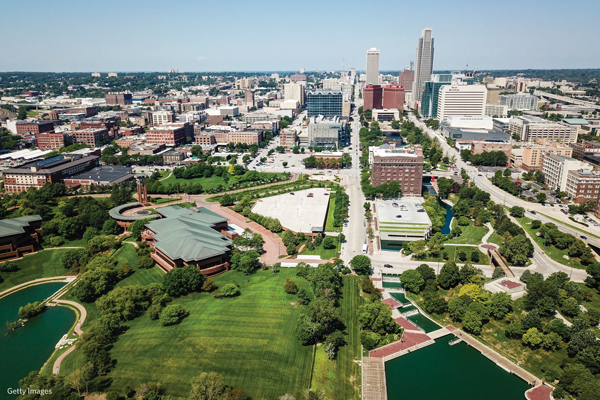
Bakersfield, Calif.
Millennial population: 28 percent.
Millennial movers: 67 percent.
This city, which lies between Los Angeles and San Francisco, is more affodable than may other metropolitan areas in California, according to the report. Unemployment is higher than the national average, but so is the recent job growth rate.
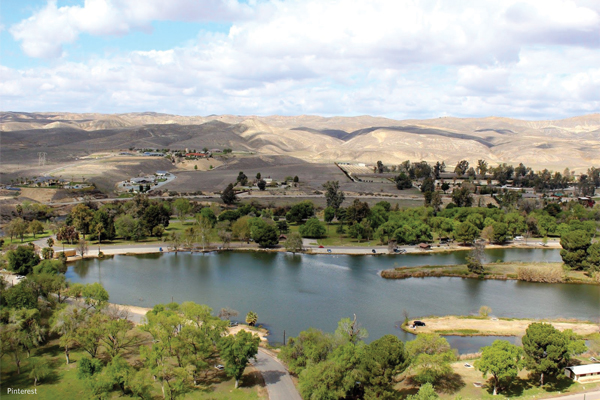
Madison, Wisc.
Millennial population: 32 percent.
Millennial movers: 75 percent.
The city had the lowest unemployment rate of the 100 metro areas studied. The city's hospitals, including the University of Wisconsin's extensive system of clinics, are key components of the areas' economy.

Grand Rapids, Mich.
Millennial population: 27 percent.
Millennial movers: 73 percent.
Millennials moving into this city have a median income of $53,100 and can afford to buy about 22 percent of the areas homes. The city also had the second-lowest unemployment rate of all cities in the top 10.
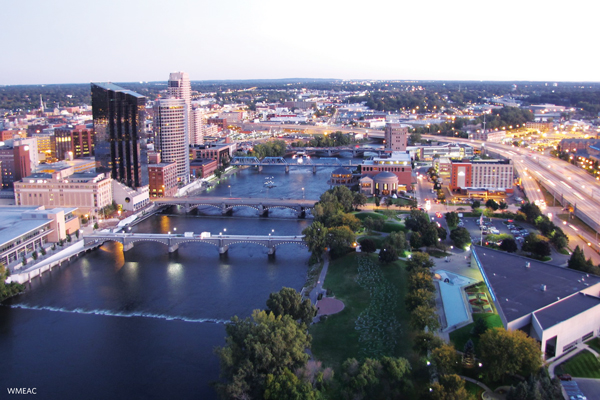
El Paso, Texas
Millennial population: 27 percent.
Millennial movers: 65 percent.
The city has a heavy concentration of federal government offices, including those of U.S. Customs and Border Protection and the U.S. Drug Enforcement Agency, to help prop up the economy.

Oklahoma City
Millennial population: 29 percent.
Millennial movers: 61 percent.
Employment opportunites and affodability are a big draw. The city experienced the third-highest increase of wages among the 100 largest metro area. Also, 30 percent of the city's homes are affodable to millennials, which is highest among the top 10.

Durham, N.C.
Millennial population: 29 percent.
Millennial movers: 68 percent.
The Durham-Chapel Hill area had the third-highest employment growth last year among the 10 cities on this list. "Affordability is expected to increase in the area since [home] permit issuance ... increased by 18 percent" from a year earlier, the report said.
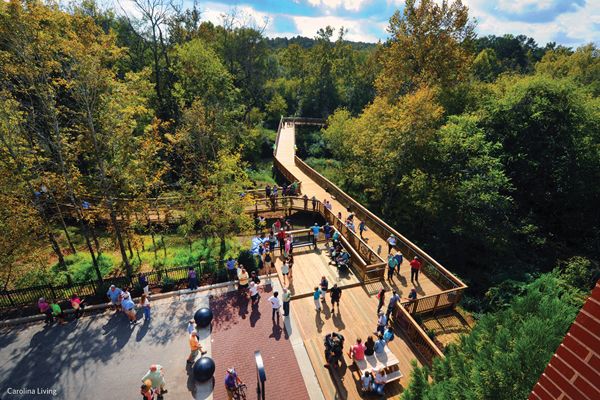
Denver
Millennial population: 29 percent.
Millennial movers: 65 percent.
The city is a popular place for millennials, but it still ranks low for affordability. Only 6 percnet of the homes listed for sale are affordable to millennials, which second-lowest among the top 10, according to the report.

The full report can be viewed here.